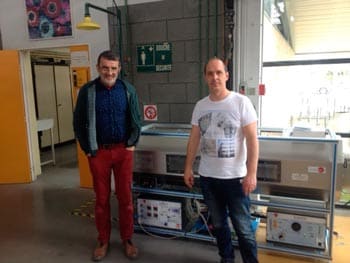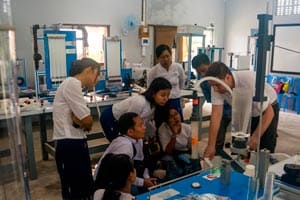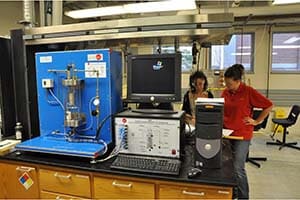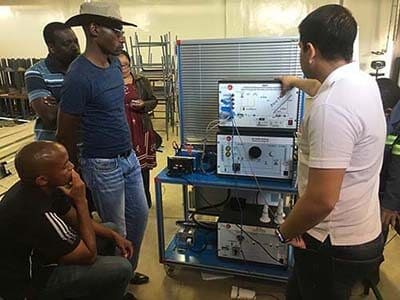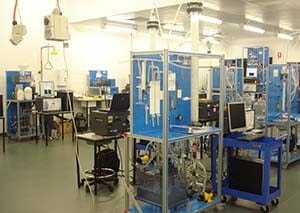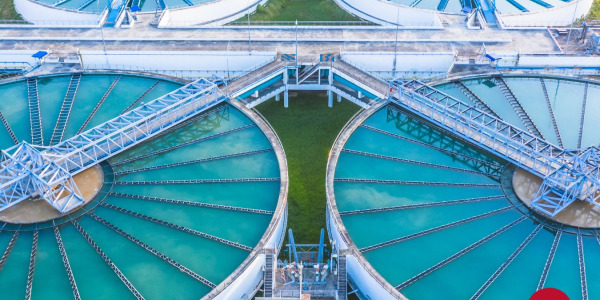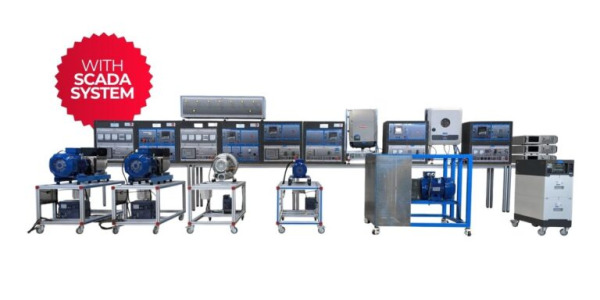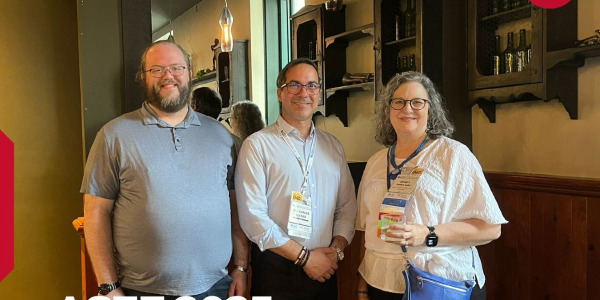Some countries that already use EDIBON Technology
- Afghanistan
- Albania
- Algeria
- Angola
- Argentina
- Australia
- Austria
- Armenia
- Azerbaijan
- Bahrain
- Bangladesh
- Barbados
- Belarus
- Belgium
- Belize
- Bhutan
- Bolivia
- Botswana
- Brazil
- Brunei
- Bulgaria
- Burkina Faso
- Cambodia
- Cameroon
- Canada
- Chile
- China
- Colombia
- Costa Rica
- Croatia
- Cyprus
- Dominica
- Dominican Rep
- Ecuador
- Egypt
- El Salvador
- Estonia
- Ethiopia
- Fiji
- Finland
- France
- Georgia
- Germany
- Ghana
- Greece
- Guatemala
- Guinea Ec
- India
- Indonesia
- Lebanon
- Libya
- Italy
- Irak
- Ireland
- Ivory Coast
- Jordan
- Kazakhstan
- Kuwait
- Kyrgyzstan
- Latvia
- Lithuania
- Malaysia
- Mauricio
- Mauritania
- Mexico
- Mongolia
- Morocco
- Mozambique
- Myanmar
- Netherlands
- New Zealand
- Nicaragua
- Nigeria
- Oman
- Pakistan
- Palestine
- Panama
- Paraguay
- Peru
- Philippines
- Poland
- Portugal
- Qatar
- Romania
- Russia
- Saudi Arabia
- San Cristobal & N
- Serbia
- Singapore
- Slovakia
- South Africa
- South Korea
- Spain
- Sri Lanka
- Sudan
- Suriname
- Switzerland
- Syria
- Tajikistan
- Taiwan
- Thailand
- Trinidad & Tobago
- Tunisia
- Turkey
- Turkmenistan
- UAE
- Uganda
- Ukraine
- UK
- Uruguay
- USA
- Uzbekistan
- Venezuela
- Vietnam
- Yemen
- Zambia
 Cookie preferences
Cookie preferences



